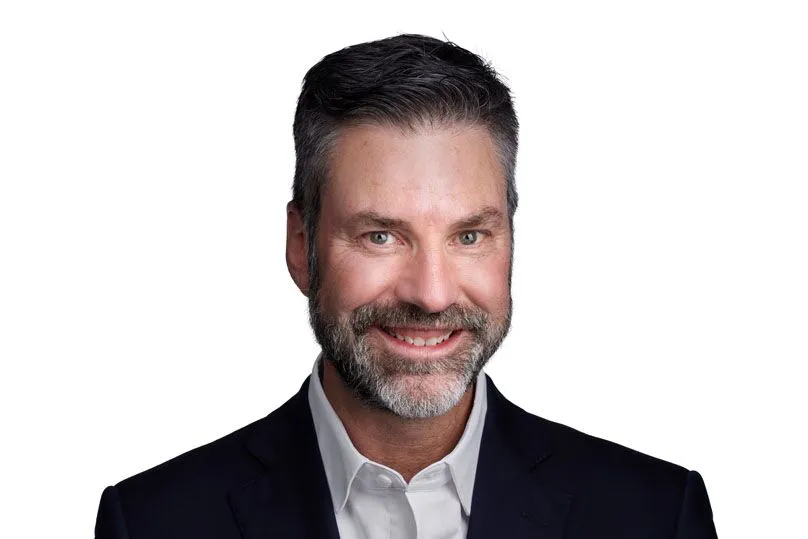Healthcare IT
Thought Leaders in Healthcare IT: Jeff Richards, COO of SnapNurse (Part 2)
Sramana Mitra: Is the primary use case for your offering like the Uber of nursing?
Jeff Richards: We heard that many times when we first started our company. We had heard those comparisons that it is a type of Uber for nurses. There is something missing in that description though. When you order an Uber, you have no choice about who your driver is. That does not fundamentally work in healthcare.
>>>Thought Leaders in Healthcare IT: Jeff Richards, COO of SnapNurse (Part 1)

If you haven’t already, please study our free Bootstrapping course and the Investor Introductions page.
There’s an acute nurse shortage in the United States. SnapNurse works in IT-enabled provisioning and payment.
Sramana Mitra: Let’s start by introducing our audience to yourself as well SnapNurse.
Jeff Richards: I am the Chief Operating Officer and Co-Founder of SnapNurse and Paymint. SnapNurse was founded in 2016 to address the critical nurse shortage across the United States. This is still a problem. SnapNurse is the first and only tech-enabled platform that facilitates medical staffing in just 24-48 hours.
>>>Thought Leaders in Healthcare IT: Chris Sullens, CEO of CentralReach (Part 5)
Sramana Mitra: What are the open problems? From your vantage point, what do you see out there that is not being addressed? If you were to look for other little companies to acquire, what kind of things are you looking for? This speaks directly to our audience who are entrepreneurs.
Chris Sullens: It’s a good question. As we look at it, we tried to build the broadest platform to address the needs of the services. As we look at problems that customers have, we try to figure out if we need to build something or buy it.
>>>Thought Leaders in Healthcare IT: Chris Sullens, CEO of CentralReach (Part 4)
Sramana Mitra: All of that you have talked about subsequent to the first EMR discussion is much broader than EMR. You are doing more of a vertical type of service within the EMR autism space.
Chris Sullens: Yes, exactly. The way we think about it is, if you look at the lifespan of an individual, our platform is designed around providing support to those that provide services predominantly to school-age individuals who are on the spectrum but can also be used for adult services as well.
>>>Thought Leaders in Healthcare IT: Chris Sullens, CEO of CentralReach (Part 3)
Sramana Mitra: What size of the market are we talking about? How many of these autism service providers are out there? What is the scope here?
Chris Sullens: Unfortunately, there are no FIC codes that say, “I’m a provider in this unique aspect.” Our estimate in the industry is in the 15,000 to 16,000 range in terms of behavioral health organizations and the BCBA has to be involved in every single case that is provided.
>>>Thought Leaders in Healthcare IT: Chris Sullens, CEO of CentralReach (Part 2)
Sramana Mitra: Is your core value through the EMR?
Chris Sullens: Yes.
Sramana Mitra: There are general medical EMRs out there. I’m sure you are competing against those. Are there also specialized mental health EMRs?
>>>Thought Leaders in Healthcare IT: Chris Sullens, CEO of CentralReach (Part 1)

If you haven’t already, please study our free Bootstrapping course and the Investor Introductions page.
Chris talks about a set of vertical solutions in the autism care space. Fascinating conversation!
Sramana Mitra: Let’s start at the beginning of your story. Let’s introduce our audience to yourself as well as CentralReach.
>>>Thought Leaders in Healthcare IT: Drew Ivan, Chief Product and Strategy Officer of Lyniate (Part 4)
Sramana Mitra: What are the open problems in your domain?
Drew Ivan: Interestingly, interoperability is a problem that will never get solved. It is not something that is broken that we have to fix and once it is fixed, we need to move on.
Interoperability is almost like a characteristic of the healthcare system because as we start inventing new types of software and new types of data that we want to exchange between software, it drives the use for interoperability.
>>>